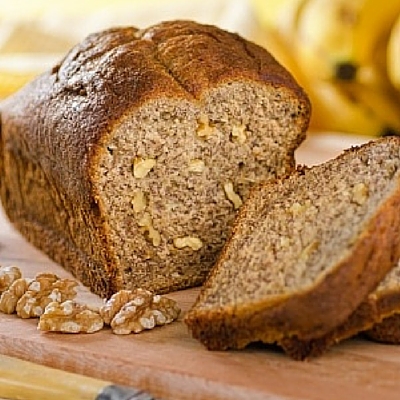Walnuts
What are walnuts?
Walnuts are a nutty, slightly sweet nut. High in protein and essential fatty acids, the walnut is widely used by the food industry. It is baked in a number of products, used as a topping and coating, or sold by itself in a variety of forms.
- There are over 30 types of walnuts grown all around the world.
- However, the English or Persian walnut and the Black walnut are by far the most common.1
- A thick green hull covers the light brown hard shell of the walnut kernel. The spherical “brain-shaped” nut is an off-white color.
Origin
Walnut trees are traced back to 7000 B.C., and are the oldest known food trees. Walnuts were seen as valuable. Romans called them “Jupiter’s royal acorn,” while the English imported them from Persia for royalty. The nut traveled down the Silk Road between Asia and the Middle East. However, because English merchants shipped them around the world, they picked up the name “English walnut.”
The Black walnut is native to the eastern and sometimes southern United States. Several Native American tribes used the bark and roots for a variety of purposes, but the nut less so, due to its tough hull.
Nutrition
Walnuts are a good source of energy and nutrients, with a number of minerals, vitamins and antioxidants. They contain around 72% monounsaturated fatty acids like oleic acid and omega-3. This means walnuts can help lower the bad cholesterol and increase the good. Walnuts are also high in vitamin E, B-complex vitamins, manganese, copper and iron, among many other nutrients.2
Commercial Production
In the U.S. the majority of all commercial walnut cultivation is in California. The nuts are harvested between late August and December. Sometimes an ethylene-producing compound is used to help with ripening and preparing to split the hull. The nuts are cleaned before the hull is mechanically removed. The walnuts are then dehydrated for preservation. From there, they are stored still in their shell until they are bought and cracked by processors.3
Application
Walnuts are available in a variety of options, including roasted, salted, sweetened, shelled, candied, unsalted, whole, chopped, and crushed. The amount of the walnut that is left intact depends on the intended use. Halves are used for decorating; pieces are used inside food products; and granules for coatings and toppings.
They can be added to doughs and batters, or used as a topping for variety of desserts or other foods. The nut can also be made into a walnut butter, or an oil can be extracted. Ground into a meal, it can be used as a partial flour substitute.
Walnuts in their shells can be stored in a cool, dry place for several months without spoiling. Shelled walnuts should be kept in an airtight container and refrigerated.
Of the three varieties, the English walnut is by far the most common, followed by the Black walnut. English walnuts have a milder flavor and are much easier to crack, compared with the earthier-tasting Black walnut trapped in its thick shell. The English walnut has 3.5% water, 14.8g protein, 64g fat, 15.8g carbohydrates, and 2.1 g fiber per 100g. The Black walnut has 3.1% water, 20.5 g protein, 59.3g fat, 14.8g carbohydrates, and 1.7g fiber in 100g.4
FDA Regulation
Walnuts are classified as “tree nuts” by the FDA. That makes them a “major food allergen,” and they must be declared on all labels, for any use.
References
- López-Calleja, Inés María, Silvia De La Cruz, Isabel González, Teresa García, and Rosario Martín. “Market Analysis of Food Products for Detection of Allergenic Walnut (Juglans Regia) and Pecan (Carya Illinoinensis) by Real-time PCR.” Food Chemistry 177 (2015): 111-19.
- Maguire, L. S., S. M. O’sullivan, K. Galvin, T. P. O’connor, and N. M. O’brien. “Fatty Acid Profile, Tocopherol, Squalene and Phytosterol Content of Walnuts, Almonds, Peanuts, Hazelnuts and the Macadamia Nut.”International Journal of Food Sciences and Nutrition 55.3 (2004): 171-78.
- Campbell, Bruce C., Russell J. Molyneux, and Thomas F. Schatzki. “Current Research on Reducing Pre‐ and Post‐harvest Aflatoxin Contamination of U.S. Almond, Pistachio, and Walnut.” Journal of Toxicology: Toxin Reviews 22.2-3 (2003): 225-66.
- Ertürk, U., T. Şisman, C. Yerlikaya, O. Ertürk, and T. Karadeniz. “Chemical Composition And Nutritive Value Of Selected Walnuts (Juglans Regia L.) From Turkey.” Acta Hortic. Acta Horticulturae 1050 (2014): 231-34.


